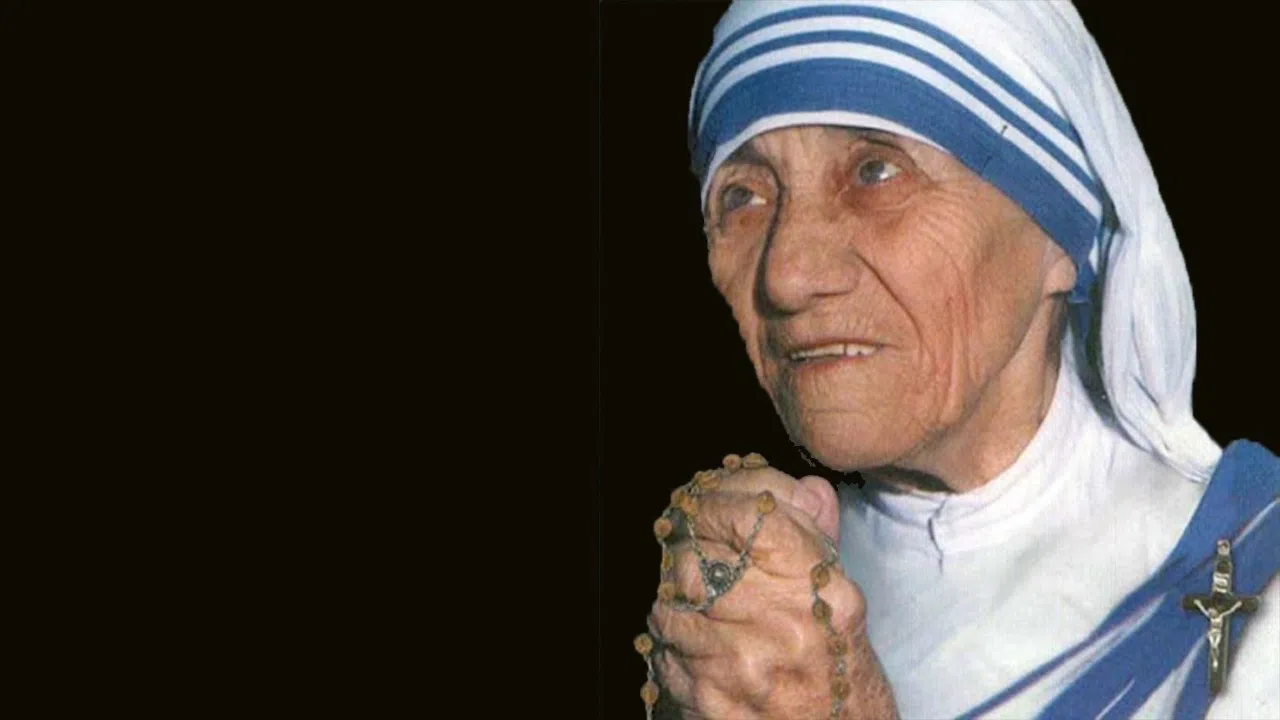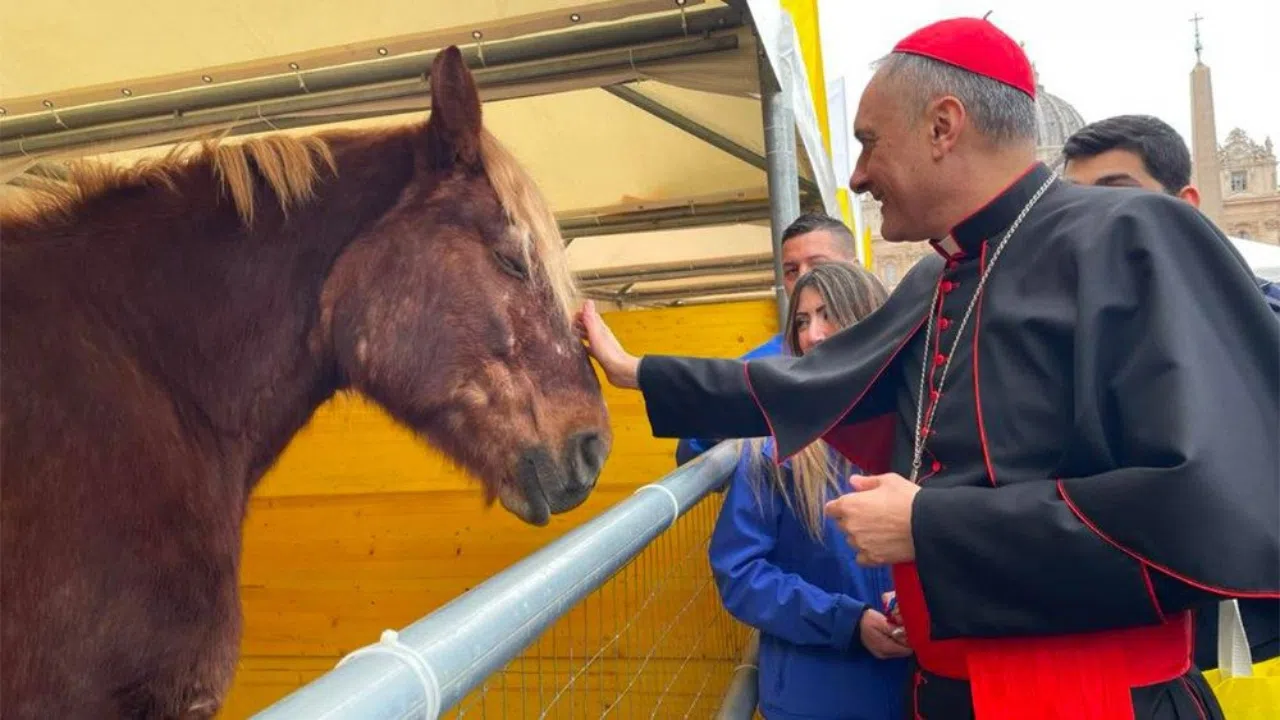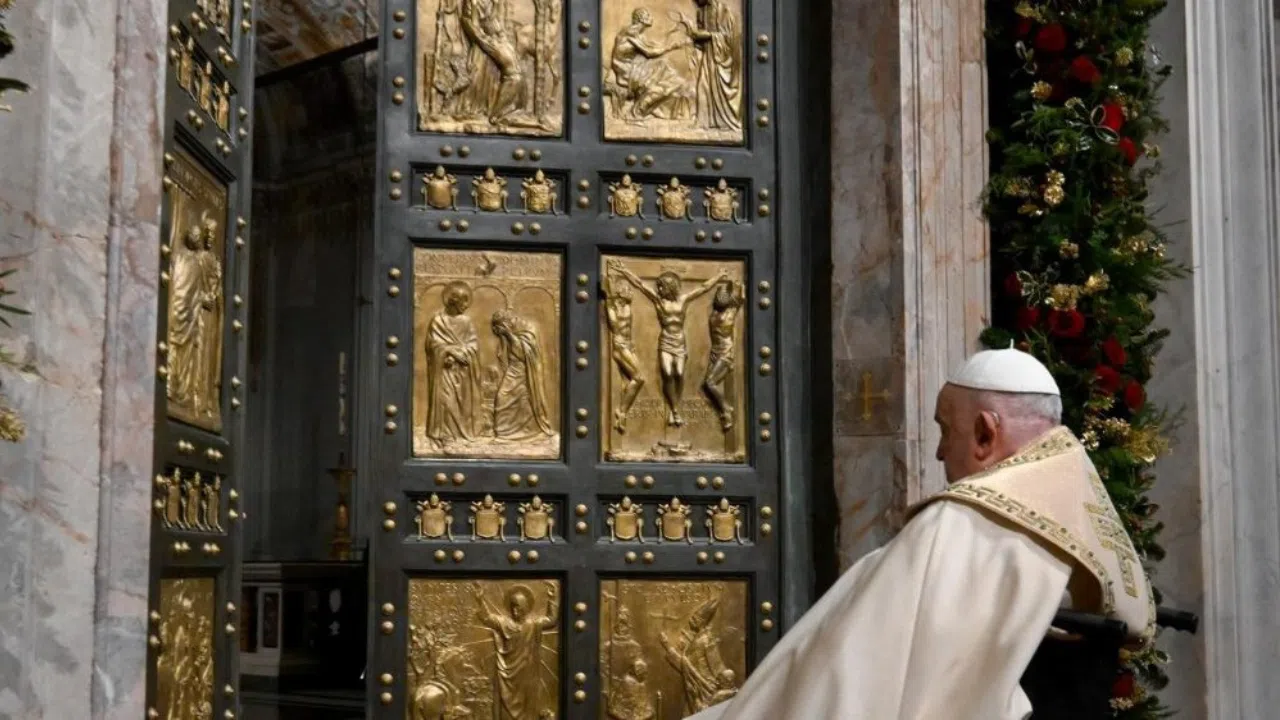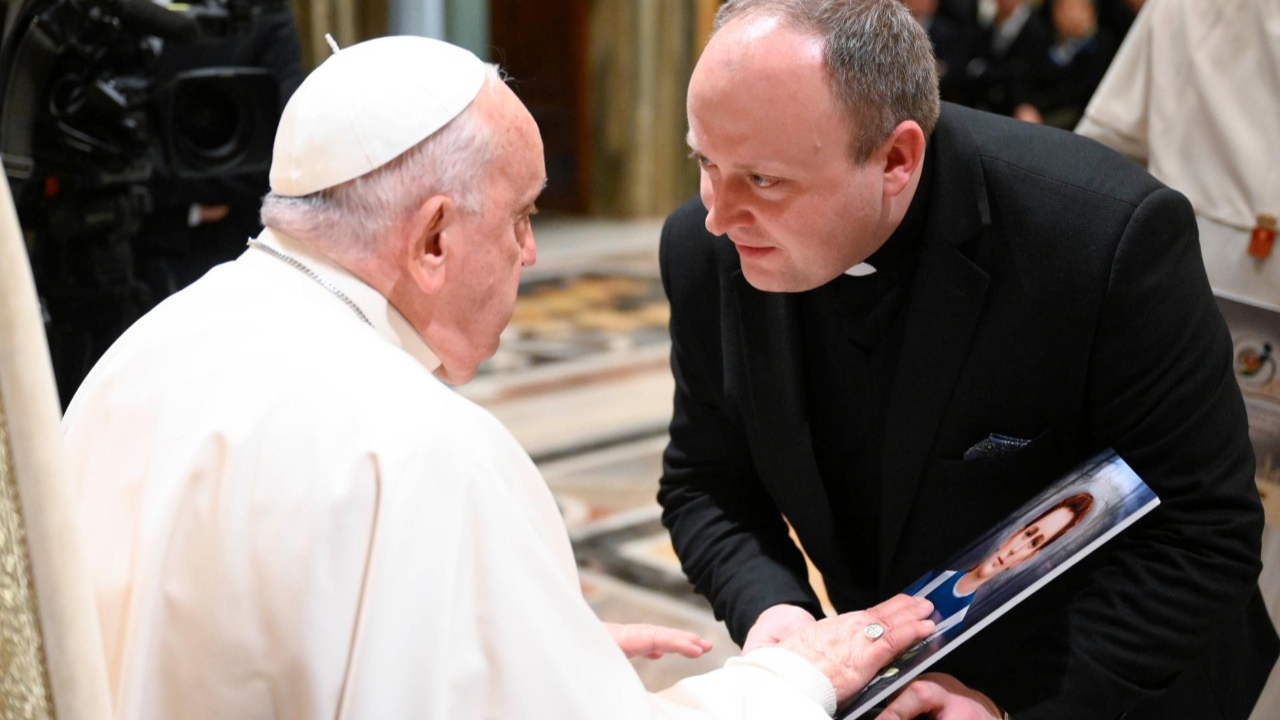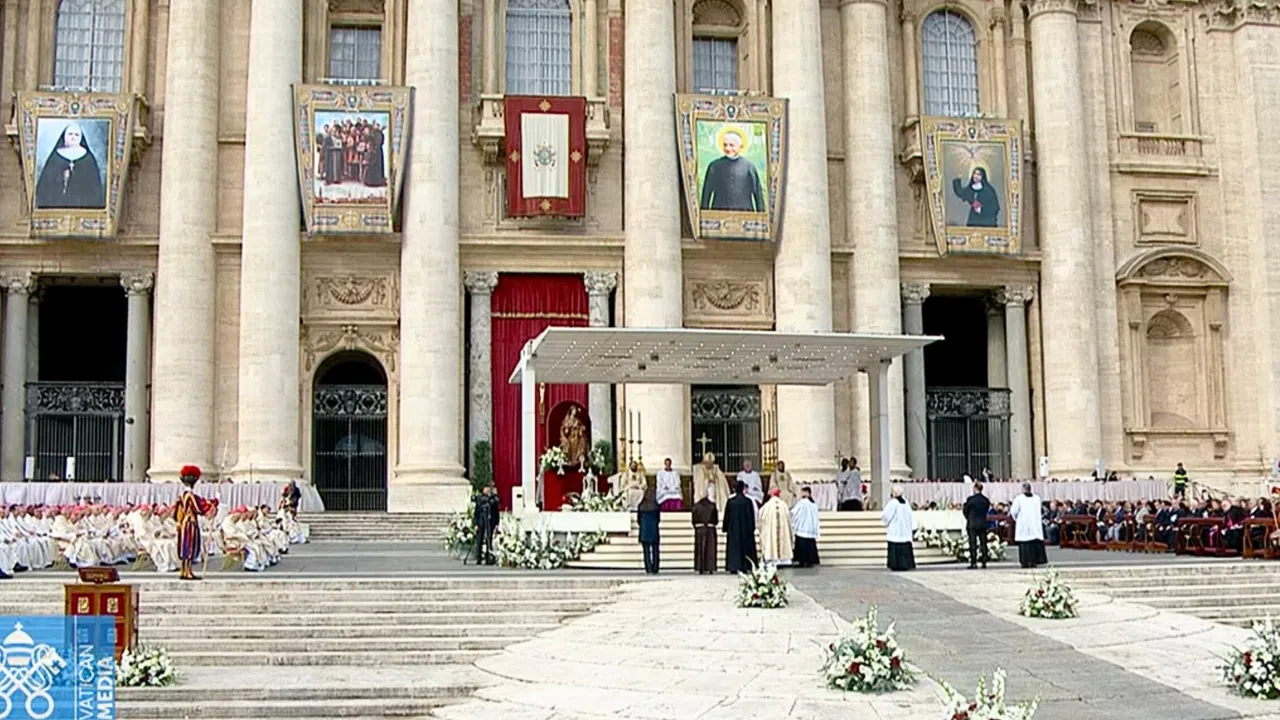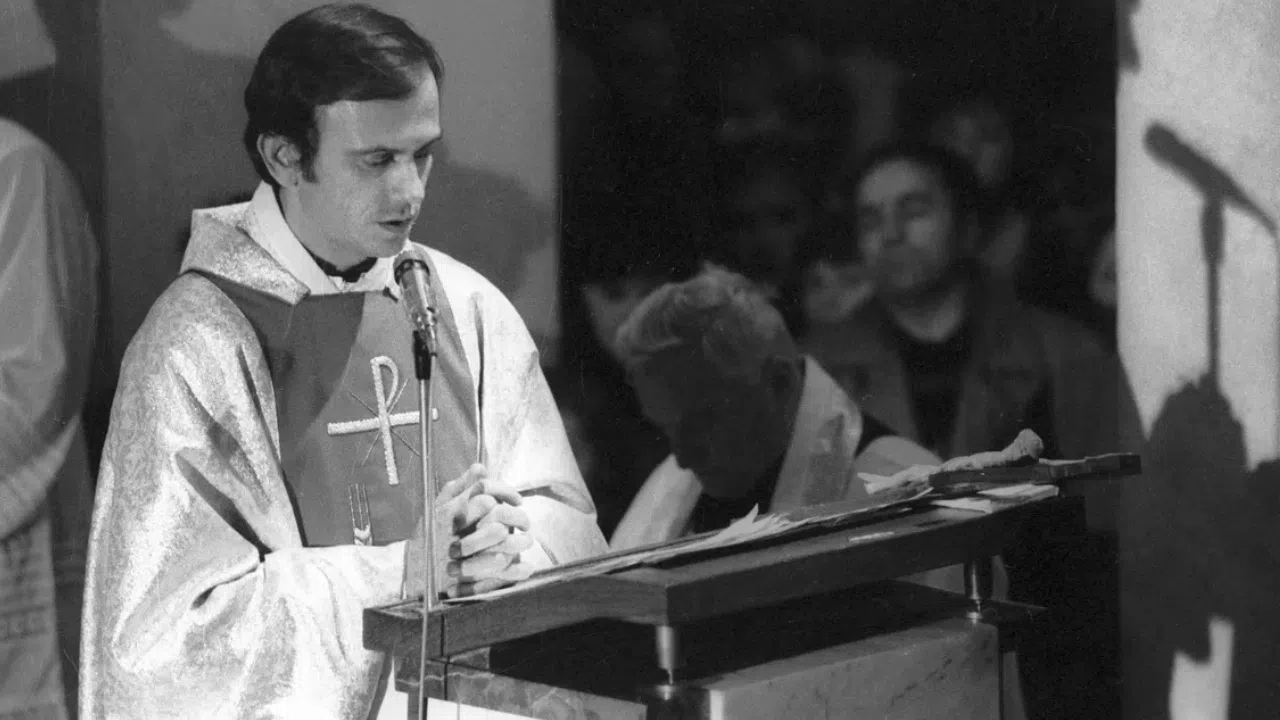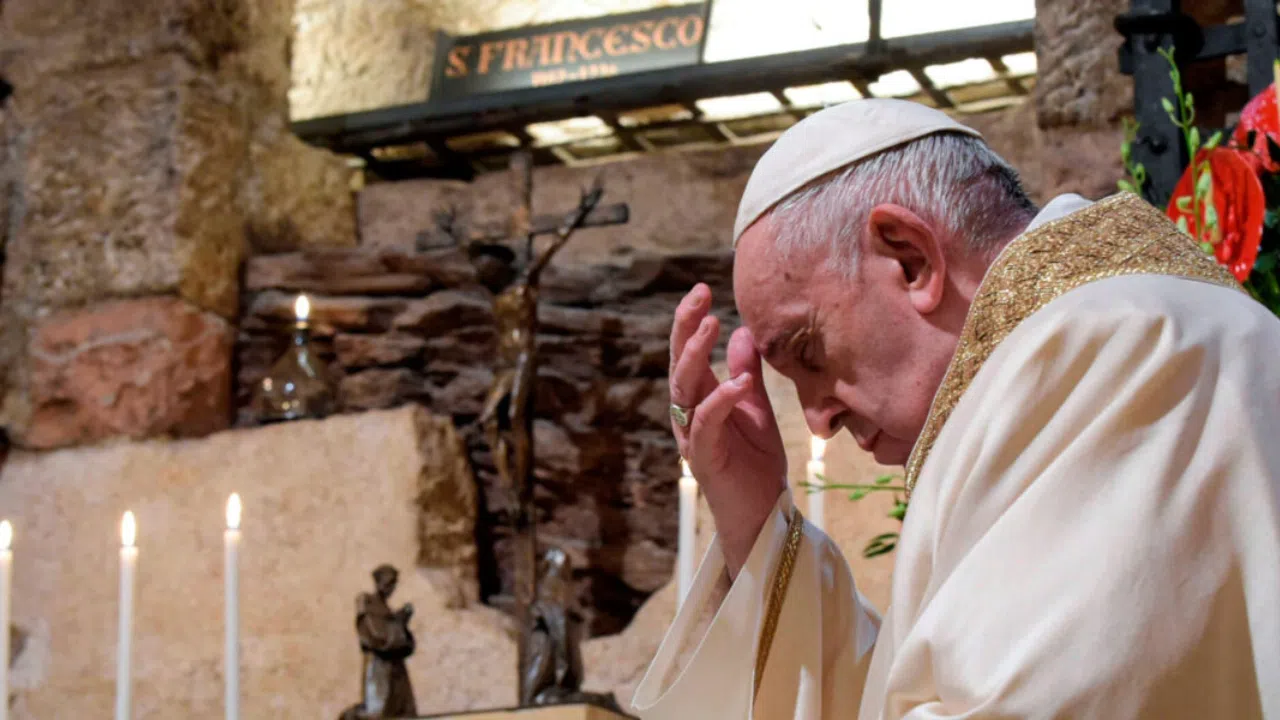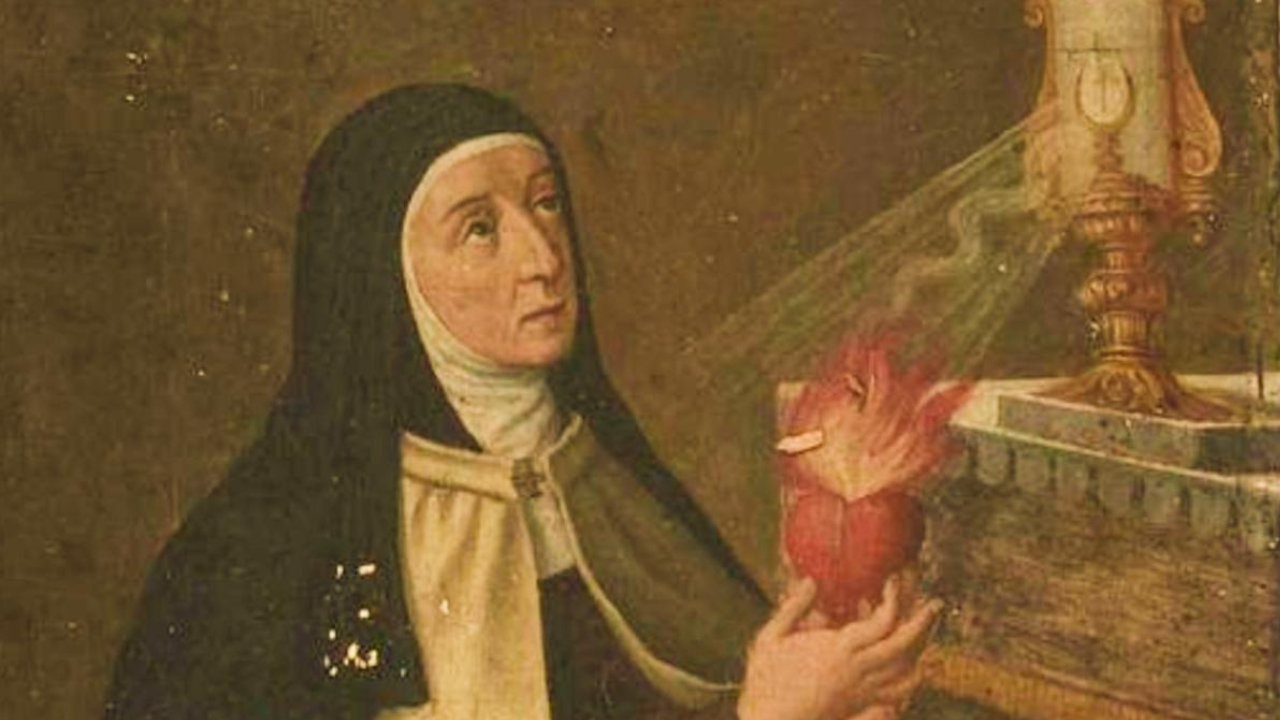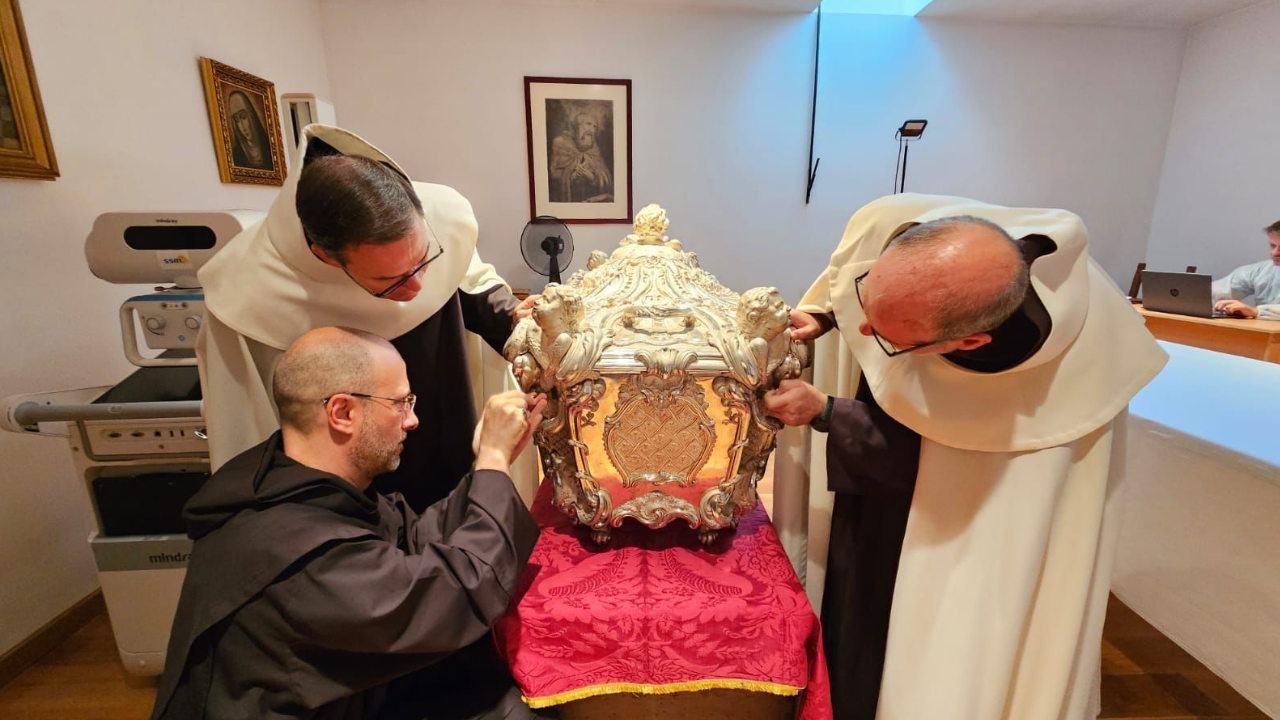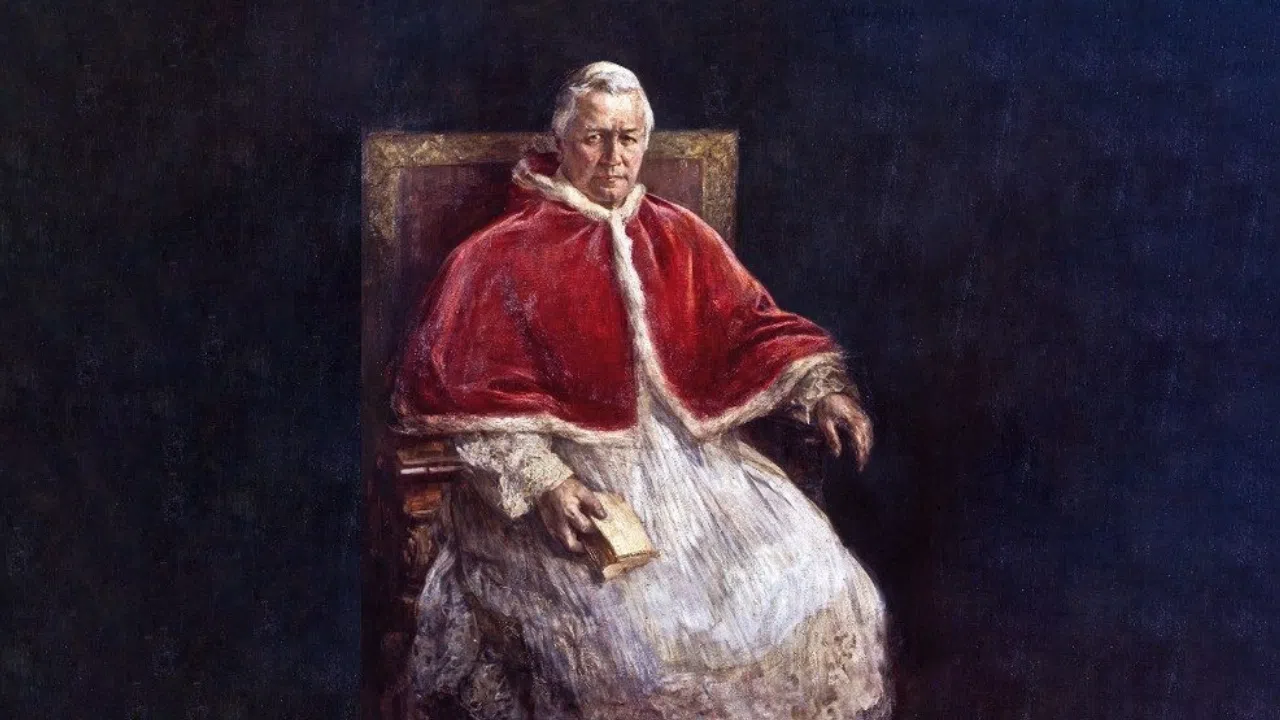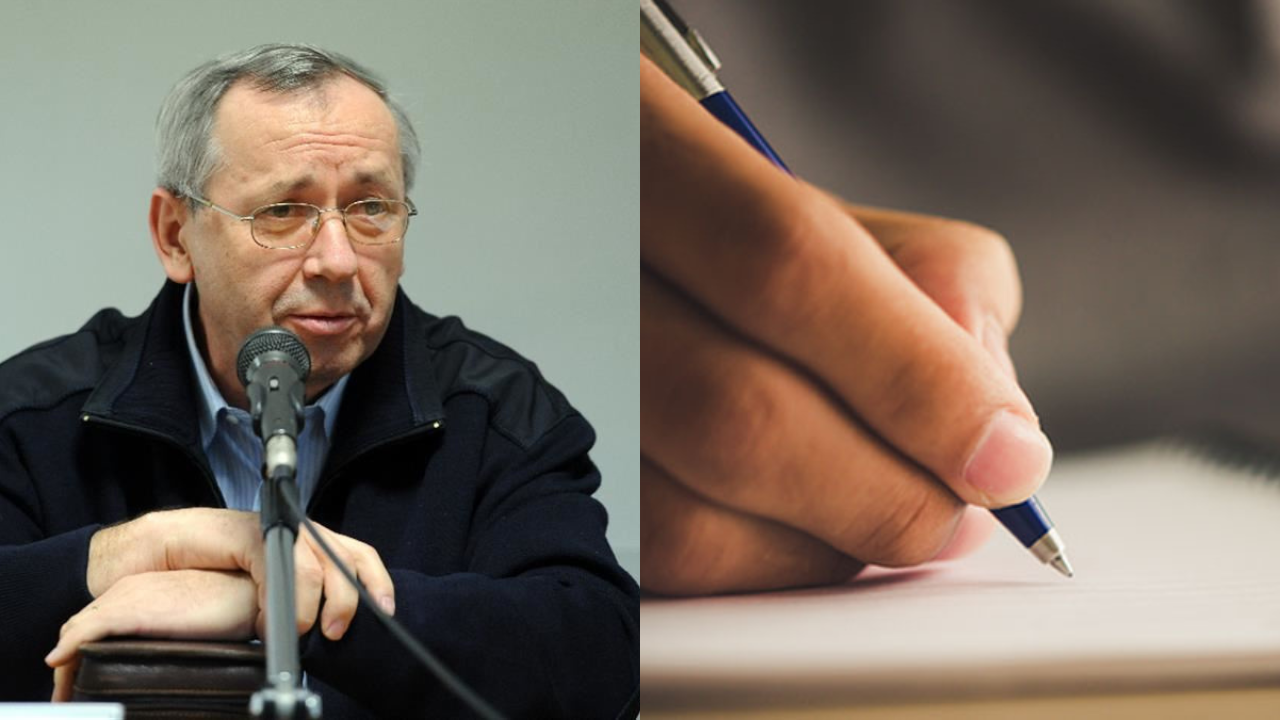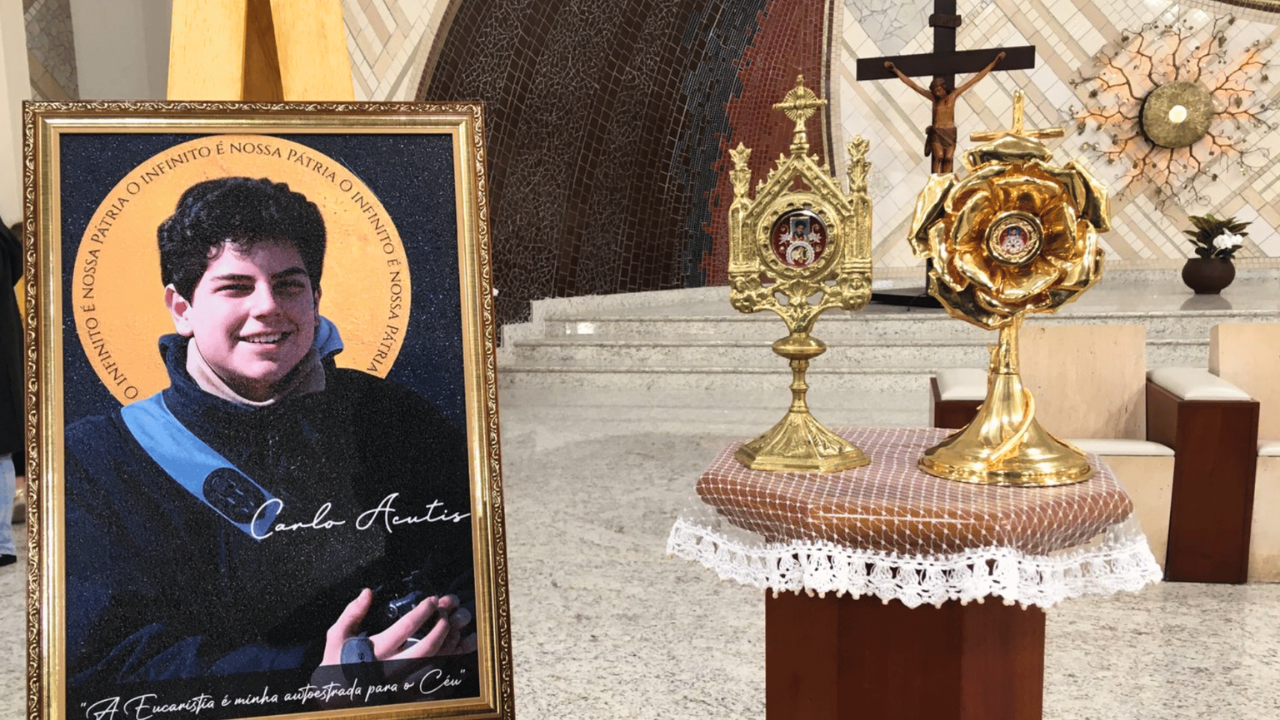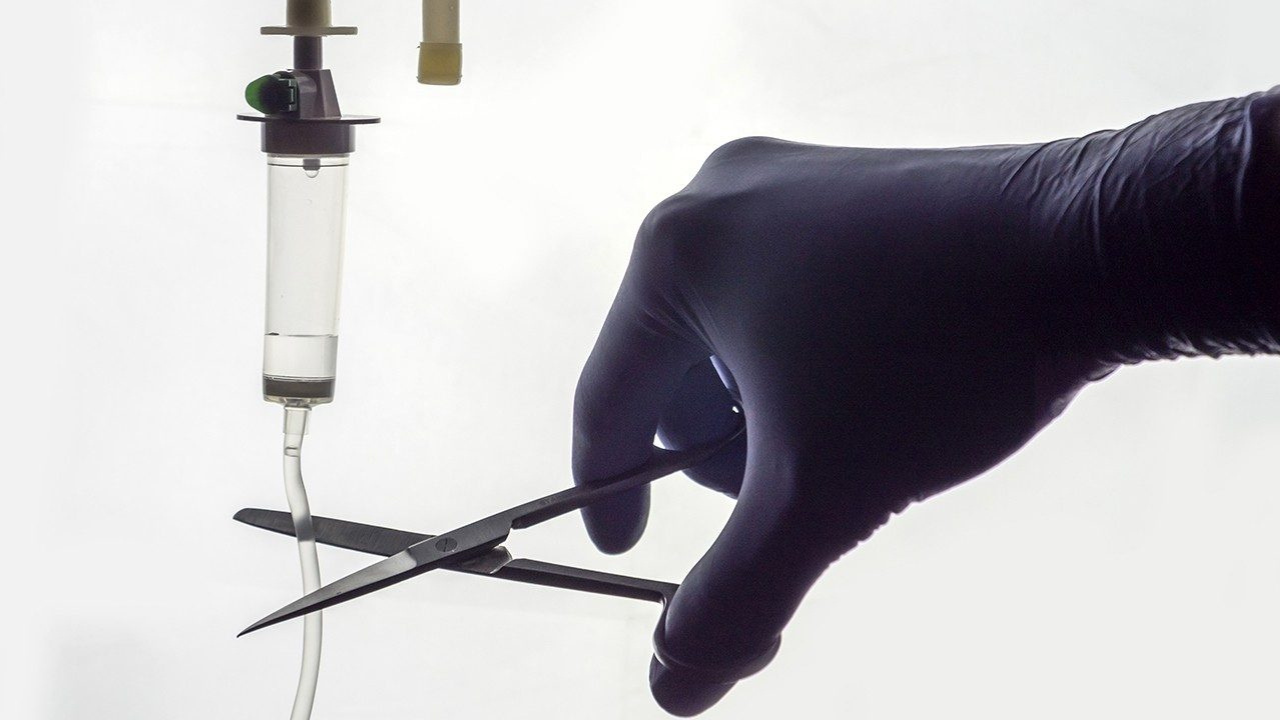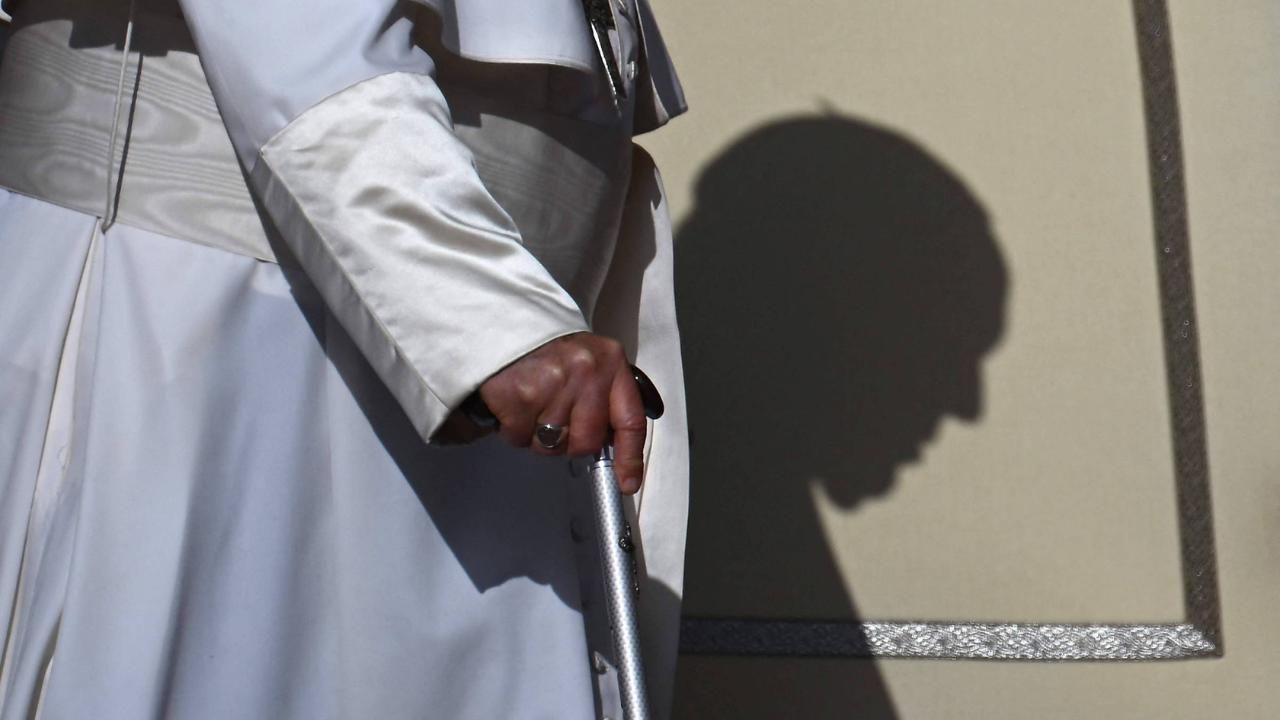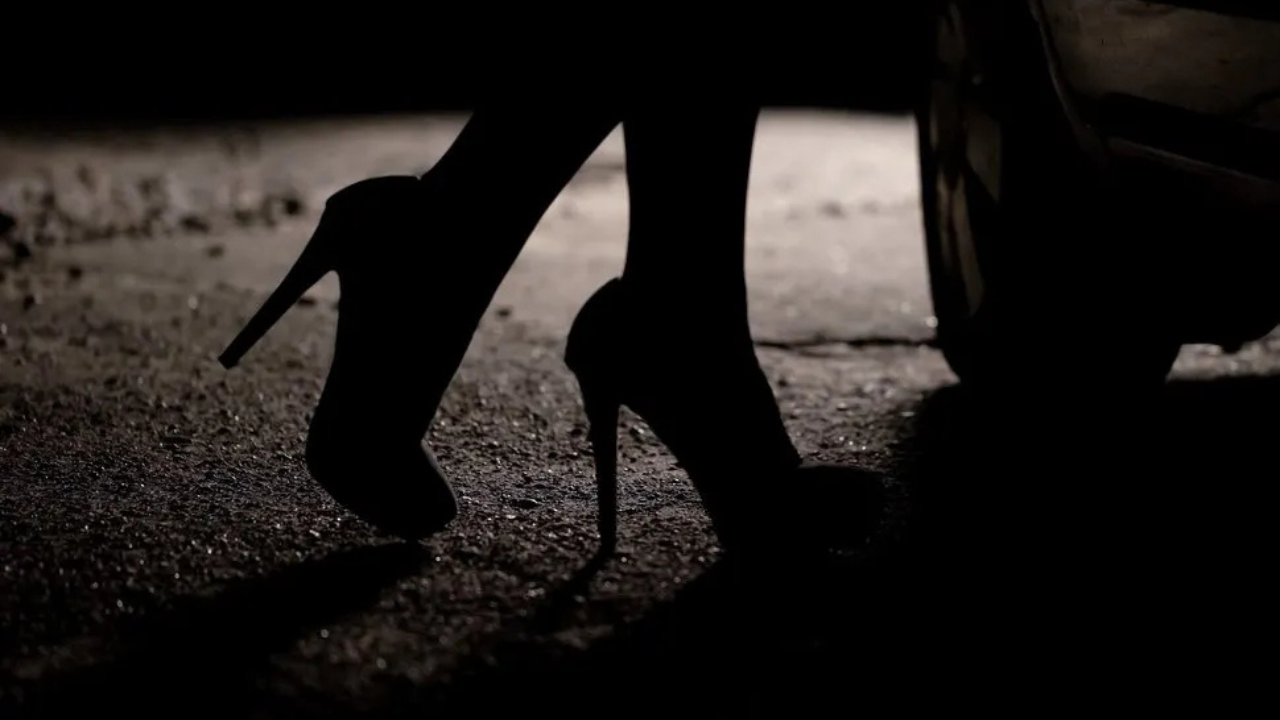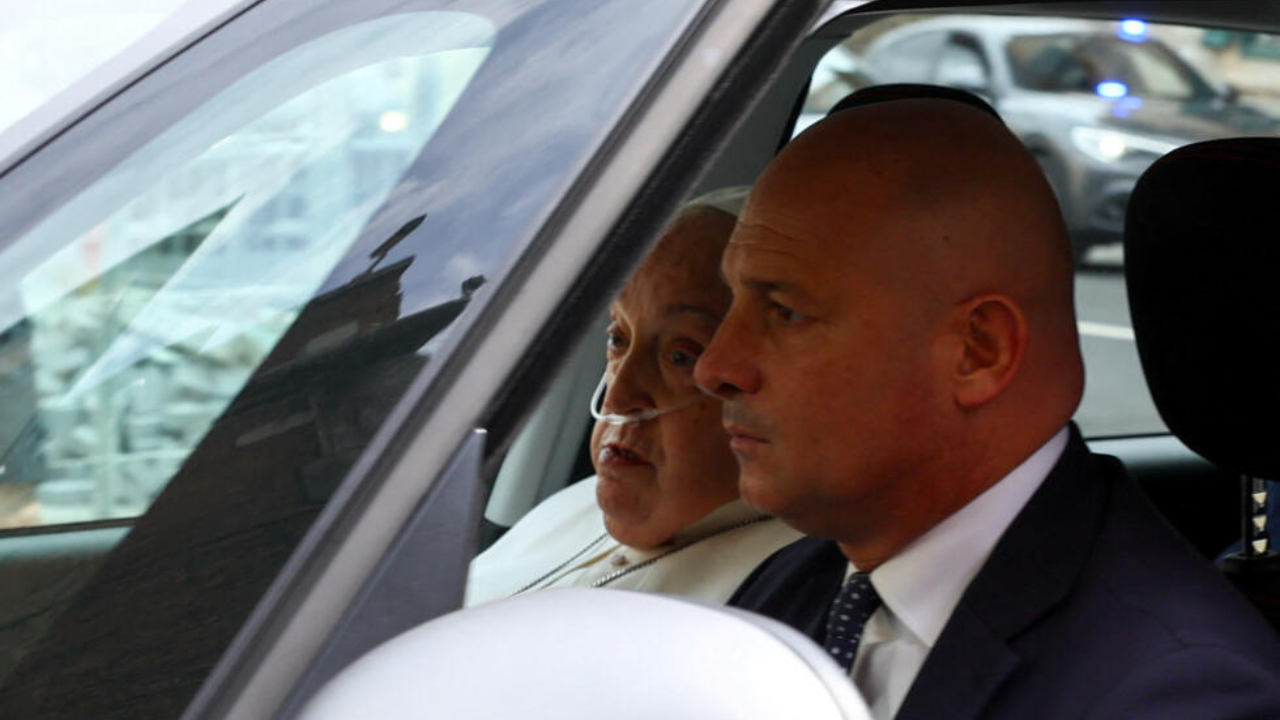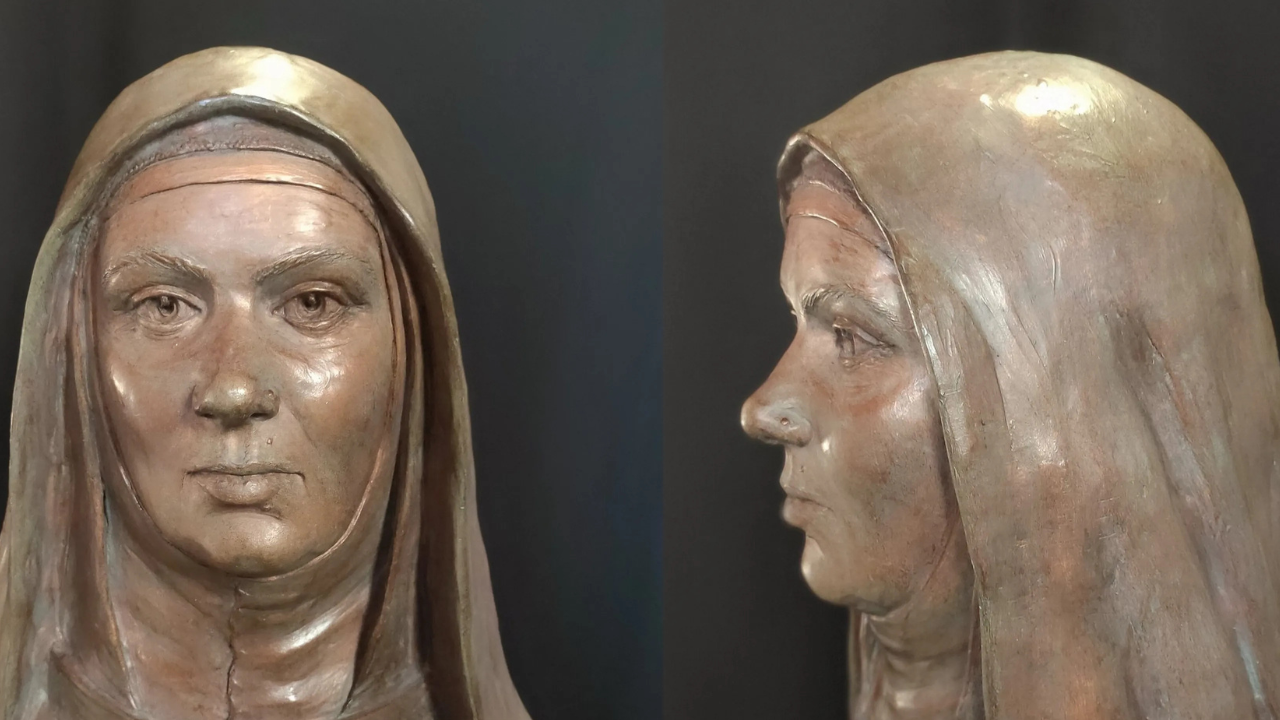A saint's fame is often increased when it's discovered that his remains haven't decomposed with time.
This is the case with Padre Pio, a central figure in the Jubilee of Mercy whose remains will be displayed at the Vatican for several days in February 2016.
FR. CARLO CALLONI
General Postulator OFM Capuchin
'One does not become a saint because his body has not decomposed. Rather, the Church studies how a person has lived the virtues.â?
Father Carlo Calloni is in charge of studying Capuchin causes of canonization. He explained that Padre Pio's body was not being displayed to create spectacle nor to attract loyal followers. It's being shown because he was one of the great confessors of all time.
FR. CARLO CALLONI
General Postulator OFM Capuchin
'What was looked at to declare Padre Pio a saint was how he lived the oath of obedience, poverty and chastity, how he lived with humility, and his gentleness. This is what counts. That his body has not decomposed may be a sign, but it does not add validity to the process.â?
Padre Pio is perhaps best known for the stigmata on his body. Nevertheless, Fr. Carlo insists that these marks do not make anyone a saint either. He says that they are the result of a life of holiness. And Padre Pio certainly lived a saintly life.
JRB/ AZ
AA
-VM
-PR
Up:
#Jubileomisericordia
